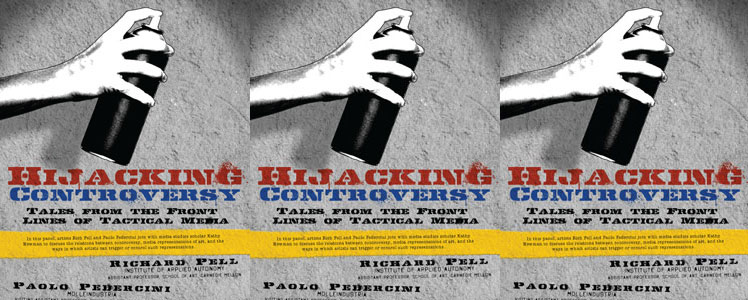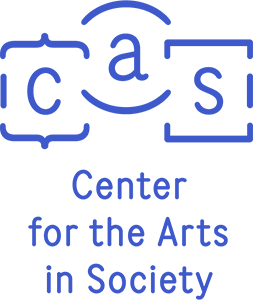Hijacking Controversy
ales from the Front Lines of Tactical Media

Richard Pell, Institute of Applied Autonomy, Assistant Professor, School of Art, Carnegie Mellon University
Paolo Pedercini, Molleindustria, Visiting Assistant Professor, School of Art, Carnegie Mellon
Kathy Newman, Media Studies Scholar, Associate Professor, Department of English, Carnegie Mellon
Tuesday, October 27; 4:30 PM, Margaret Morrison 103 (Breed Hall)
Can artists influence the way in which the media presents their work, especially when such work comes in response to controversial events? In 1999, Rich Pell and a group of artists working together under the name “The Institute for Applied Autonomy” created the Robotic Graffiti Writer, which used highly sophisticated technology for graffiti painting as a commentary on the use of robots for military purposes. When the media presented the project by solely emphasizing the technological aspect and leaving out its political message, the artists decided to re-gain control over representations of their art. In 2001, the group created I see, a project that provided paths through the city of New York that avoided as many surveillance cameras as possible. In doing this, they forced the media to present their work in a way that could no longer avoid the political dimension. Similarly, when Paolo Pedercini’s “Faith Fighter” video game, which used god-figures from major religions in a computer-mediated fighting game, was targeted by the media as politically offensive to Muslims, the artist dispelled the media-created controversy with ”Faith Fighter II”, a game which satirically used technology to promote an ecumenical stance on religion.
In this provocative panel, artists Rich Pell and Paolo Pedercini join with media studies scholar Kathy Newman to discuss the relations between controversy, media representations of art, and the ways in which artists can trigger or control such representations.
Hijacking Controversy is sponsored by the Controversy Initiative, a project of the Public Art initiative in the Center for the Arts in Society.
